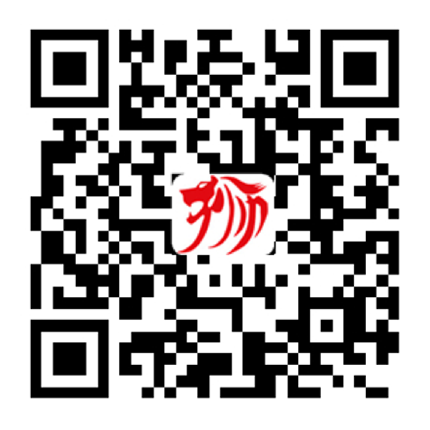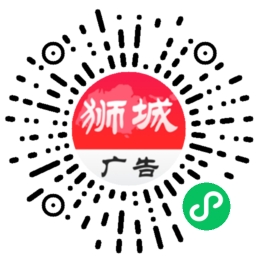|
|
<p><font size="2">今天的UT, 考的我很无语,看来国外和国内真的是不一样的,把题目放上来。。。。</font></p>
<p><font size="2">但我真是不太懂为什么要这么针对中国来考。</font></p>
<p><font size="2"></font> </p>
<p><font size="2">Picture A: <br/>The “Pillar of Shame”, Hong Kong</font> <font size="2">Picture B: <br/>Close-up of The “Pillar of Shame”, Hong Kong</font> </p>
<p><font size="2"><img style="WIDTH: auto" src="http://leo1.rp.edu.sg/databank/ibank/s0145/pillar_small.jpg"/></font></p><font size="2"><img style="WIDTH: auto" src="http://leo1.rp.edu.sg/databank/ibank/s0145/pillar_closeup_small.jpg"/></font>
<p><font size="2">Passage A:</font></p>
<p><font size="2">The “Pillar of Shame” is a sculpture created by Danish artist Jens Galschiot. The 8-metre tall sculpture, erected in Hong Kong, serves to remind people of the Tiananmen Square massacre in Beijing in 1989. To date, the death toll remains unclear with claims of hundreds to several thousands of lives lost.</font></p>
<p><font size="6">Source of photos: </font><font size="6">http://www.aidoh.dk/</font></a></p>
<p><font color="#ff0000">试卷上特别出现的网址</font></p><br/>1)
<p>a. State TWO (2) reasons why the “Pillar of Shame” is an EFFECTIVE symbol to represent the Tiananmen Square massacre in 1989.</p>
<p>[4 marks]</p>
<p>b. State TWO (2) reasons why the “Pillar of Shame” is an INEFFECTIVE symbol to represent the Tiananmen Square massacre in 1989.</p>
<p> </p>
<p> </p>
<p> </p>
<p><font color="#ff0000">这是第一题 , 直接讲天安门大屠杀 。</font></p>
<p> </p>
<p> </p><font class="iName">
<p>Answer Questions 2, 3i, 3ii and 3iii with reference to Passage B below. Write your answers in the box provided.</p>
<p>
<p><font size="2">Passage B:</font></p>
<p><font size="2">In March 2008, Beijing faced international criticism for the way it dealt with anti-China demonstrations in Tibet. Chinese security forces were said to have used force on demonstrators to stop the unrest. In the run up to the Beijing Olympic Games in August, critics urged world leaders and athletes to withdraw from the Games to protest against China’s human rights record. Instead of complete withdrawal from the Games, the creator of the “Pillar of Shame”, Jens Galschiot, started a movement called The Colour Orange. This movement is to encourage sportsmen and spectators to wear orange colour clothing and accessories during the Beijing Olympic Games as a sign of “criticism of China’s human rights violations”. In support of the movement, the "Pillar of Shame" sculpture in Hong Kong was also painted orange. The movement even claimed that peeling an orange at the Olympic Games can be considered a powerful statement.</font></p>
<p><font size="1">Adapted from Orange is not the only protest, The Economist, downloaded 22 July 2008</font></p>
<p><font color="#ff0000">这个题,直接直接西藏问题。</font></font></p>
<p></p>
<p><br/>1) If you are home alone peeling an orange in support of The Colour Orange movement, would the act be considered just as powerful a statement as peeling an orange at the Beijing Olympic Games? Give TWO (2) reasons for your answer. </p>
<p><font color="#ff0000">这个题挺郁闷 ,要我们站在中国的对面谈论西藏问题。</font></p>
<p> </p>
<p>2) </p>
<p>Select the BEST answer(s) and write the letter of your choice in the box provided. You may select more than one (1) option. For example, “A” or “AB” or “ABC”.</p>
<p>i. What are the possible reasons why sculptor Jens Galchiot wanted the “Pillar of Shame” to be painted orange?</p>
<p>A. It gives the sculpture a new meaning.<br/>B. It makes the sculpture more current and relevant to what is happening in China today.<br/>C. It will inspire people to use the colour orange to protest against Chinese human rights violations.<br/>D. It reminds people that the Tiananmen Square Massacre is part of China’s human rights violations.<br/>E. Aesthetically, it looks more pleasing to the eye.</p>
<p><br/>Answer: </p>
<p><br/>ii. In a way, The Colour Orange movement seeks to resolve the conflict between the Chinese security forces and the critics against China’s human rights violations. </p>
<p>Which conflict resolution method is used by The Colour Orange movement?</p>
<p>A. Compete.<br/>B. Compromise.<br/>C. Accommodate.<br/>D. Avoid.<br/>E. Collaborate.</p>
<p>Answer: </p>
<p>iii. The effects of globalization can be seen in the following:</p>
<p>A. A Danish artist, Jens Galschiot, created a sculpture to remind people of the Tiananmen Square massacre in Beijing in 1989. <br/>B. The Colour Orange movement is gaining support around the world.<br/>C. Beijing faced international criticism for the way it dealt with anti-China demonstrations in Tibet.<br/>D. Sportsmen participating in the Beijing Olympic Games come from different countries.<br/>E. Peeling an orange is a symbolic act.</p>
<p>Answer:</p>
<p> <font color="#ff0000">哦 忘记提一点了,就是,试卷上出现的最不能容忍的,还是千不该万不该的奥运会问题,把奥运上升到政治 ,就是卷子的不对了。</font></p>
<p><font color="#ff0000"> </font></p>
<p><font color="#ff0000"> </font></p>
<p>今天基本上全部考中国的政治事件 ,而且不是从正面来考,以前也有不少,但今天的卷子达到极致了。 另外就考了一提新加坡的男女平等的制度问题,不痛不痒。</p> |
|

 狮城水库
狮城水库
 IP卡
IP卡 狗仔卡
狗仔卡 提升卡
提升卡 沉默卡
沉默卡 喧嚣卡
喧嚣卡 变色卡
变色卡 显身卡
显身卡





